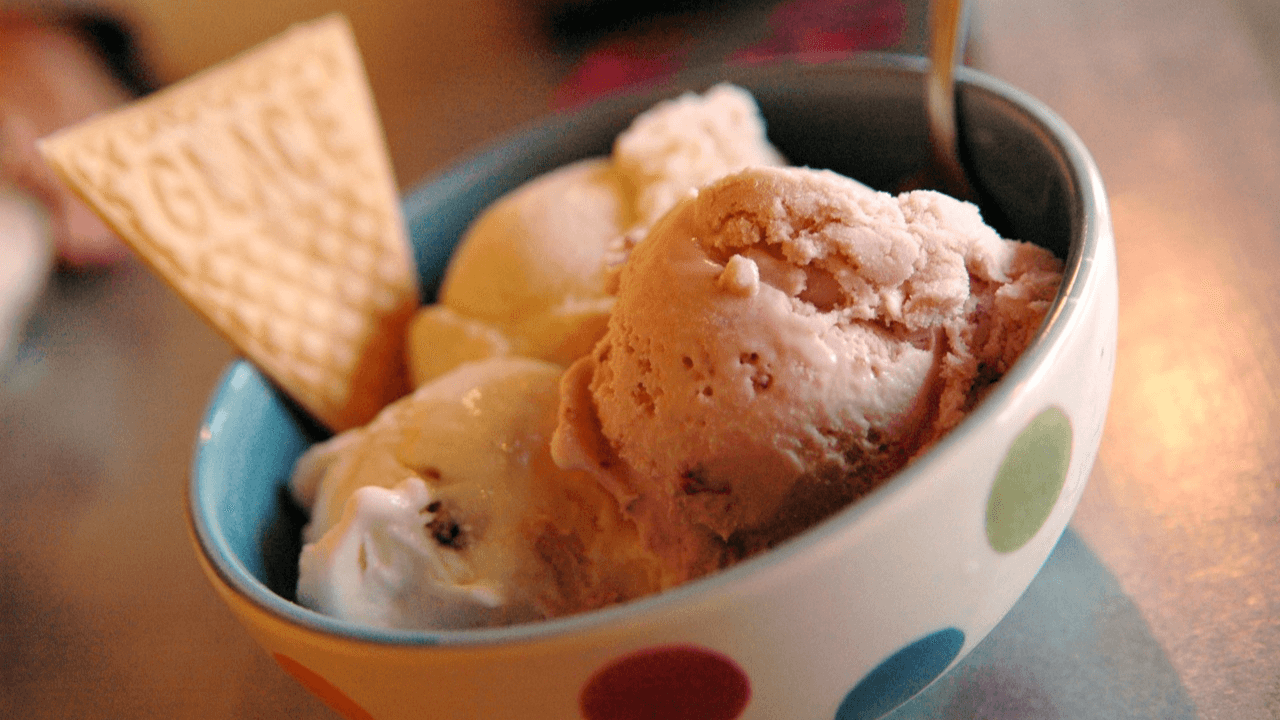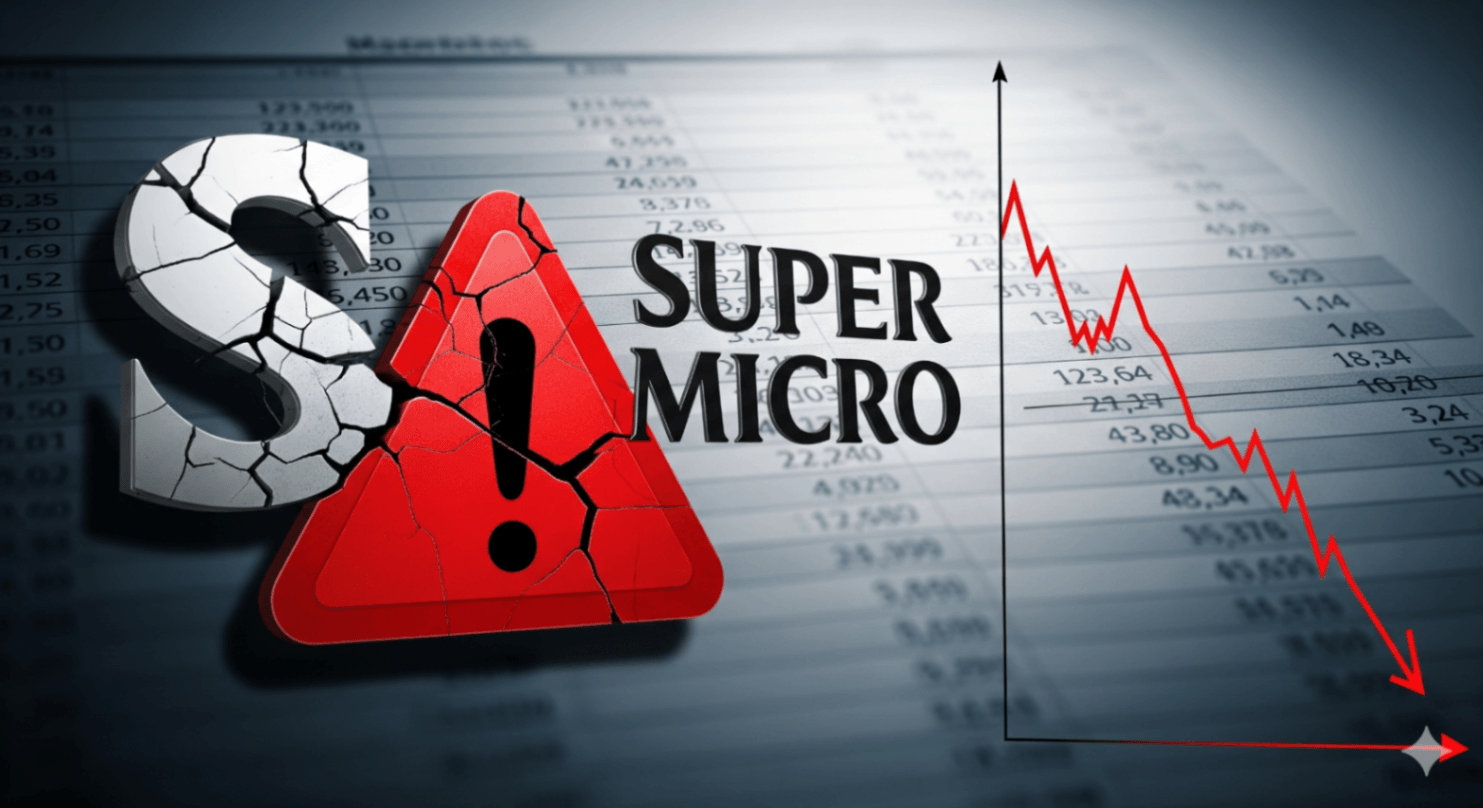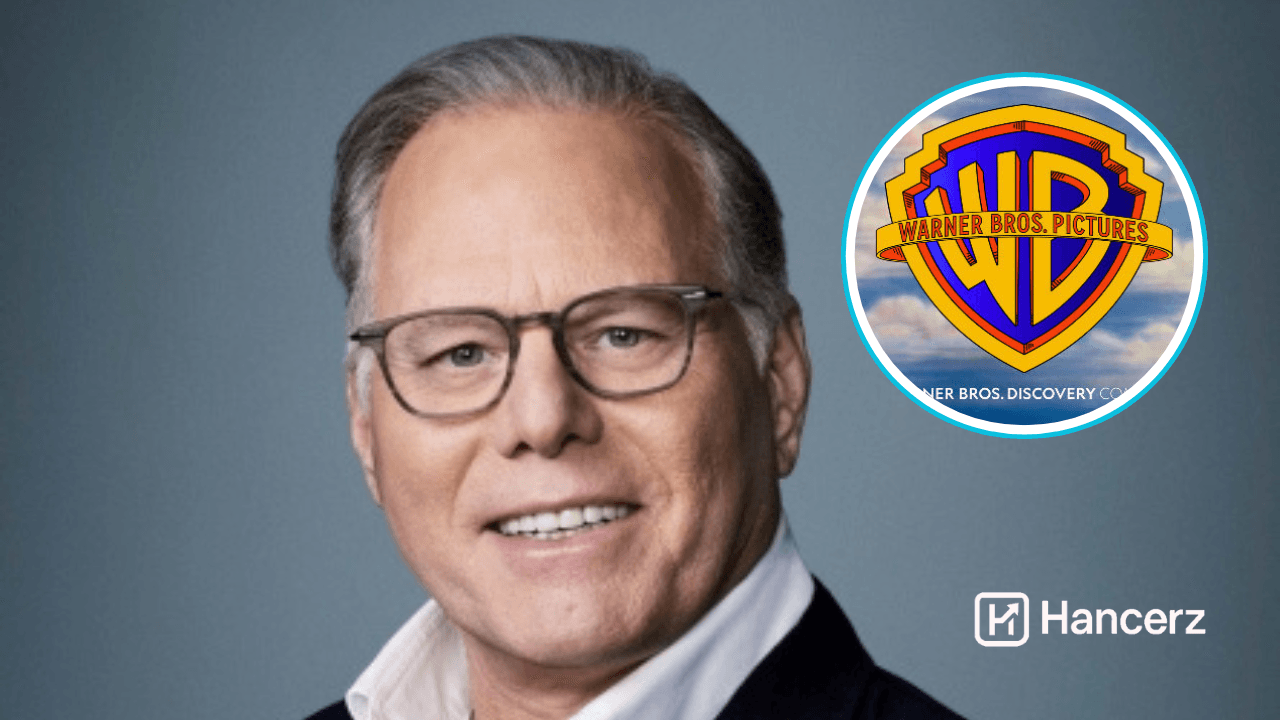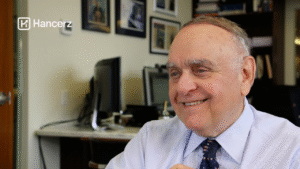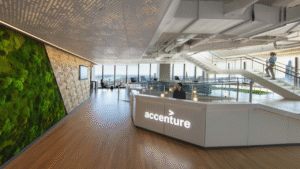Introduction
At age 23, Neil Hershman walked away from a promising career in asset management and bought a single frozen yogurt franchise. Fast forward seven years, and that risky move has paid off: as of 2024, his company, 16 Handles, is pulling in over $20 million in systemwide sales—with the pace of growth showing no signs of slowing. This isn’t just a success story; it’s a turnaround play in an industry many wrote off.
Key Highlights
- Neil Hershman, now 30, acquired his first 16 Handles store at 23 and is majority owner and CEO.
- 16 Handles generated $20.6 million in sales in 2024; in the first half of 2025, it already made $12.5 million.
- Since his takeover in 2022, same-store sales are up more than 10% year over year; in-store traffic and customer spend both rising.
- The brand has expanded to 40 locations, mostly on the East Coast. More stores are in development.
Deep Insights: What Changed Under New Leadership
Seeing Opportunity in a Fading Niche
By 2016, self-serve frozen yogurt was already losing steam. Big names like TCBY↗, Menchie’s↗, and Yogurtland↗ were scaling back. Hershman didn’t see reason to exit. Instead, he saw a “stale” brand with unrealized potential: loyal customers, established stores, but low energy, weak innovation, and a waning sense of purpose.
When he first bought in, he didn’t start at the executive level—he worked the register, cleaned, learned inventory, and absorbed the whole operations. He used data, customer feedback, and hands-on learning to figure out what was broken.
Reviving Brand & Customer Experience
Hershman’s strategy today is part nostalgia, part reinvention. Some of the key moves:
- Introducing limited-edition flavors (like black matcha, butter beer) to spark buzz.
- Improving digital marketing and promotions, better loyalty programs and social content.
- Enhancing in-store experience, with updated décor, more topping options, and clean, welcoming layouts.
These changes are paying off: not just more foot traffic, but people are spending more per visit, and returning more often.
Market Impact: Why This Turnaround Is Bigger Than One Brand
- Shifting consumer behavior: There’s growing demand for “affordable treats” that feel premium. Fro-yo plays into health, dessert, and indulgence trends. While frozen yogurt was written off, sales data shows servings rose about 10% year over year as of mid-2025.
- Franchise model revival: Hershman’s expansion via franchisees shows investors and business operators still believe in bricks-and-mortar dessert spots—if they’re done right.
- Valuation & interest: Brands considered “stale” may become attractive acquisition targets as investors hunt for under-leveraged, undervalued businesses ready for reinvention.
Expert Views
- “Market research data shows that when brands combine novelty with nostalgia—limited-edition menus, refreshing store design—they can revive categories thought past their peak,” says food-service analyst David Portalatin of Circana.
- Retail and franchise consultants point out that Hershman’s finance background gave him the tools to model risk, manage capital efficiently, and scale with discipline. Many peer brands didn’t have that leverage.
FAQs
Q1: Did Neil Hershman buy the whole company or just some stores?
He started by buying and operating individual franchise locations. In 2022, he acquired the entire chain to become majority owner and CEO.
Q2: Why did 16 Handles need reviving?
Because the company had grown, but lost momentum. Brand energy was down; few new stores, weak innovation, low marketing focus. Hershman saw that customer behavior still liked fro-yo, but the brand needed updating.
Q3: How profitable is the chain now?
Exact profit margins aren’t publicly disclosed, but Hershman says corporate operations are profitable and that sales per store and same-store growth have improved meaningfully.
Q4: How many new stores are expected to open?
They added about 10 locations since Hershman took the helm. He’s working with 18 franchisees looking to open new stores; about 5-6 more might open before year-end.
Q5: What is the average customer spend?
Customers usually spend around $8-$10 per visit, depending on toppings, flavors, and self-serve weight pricing.
Conclusion
Neil Hersman’s leap from finance to frozen yogurt might sound unexpected — but his story shows you don’t always need to bet on trendy sectors. Sometimes, the real opportunity lies in reinvigorating what others have left behind.
By blending financial discipline, customer focus, on-theground learning, and smart growth, Hershman turned 16 Handles into a rare revival case in food retail. The lesson? If you see a “stale” asset, and you’re willing to roll up your sleeves, you might just spark a comeback that surprises everyone.




















